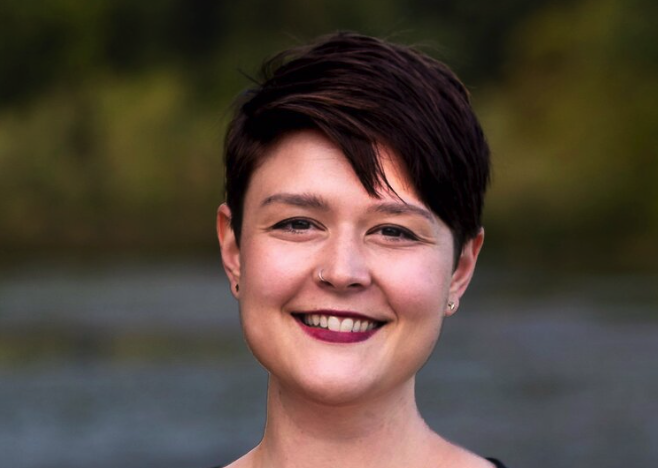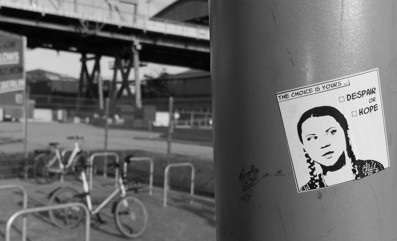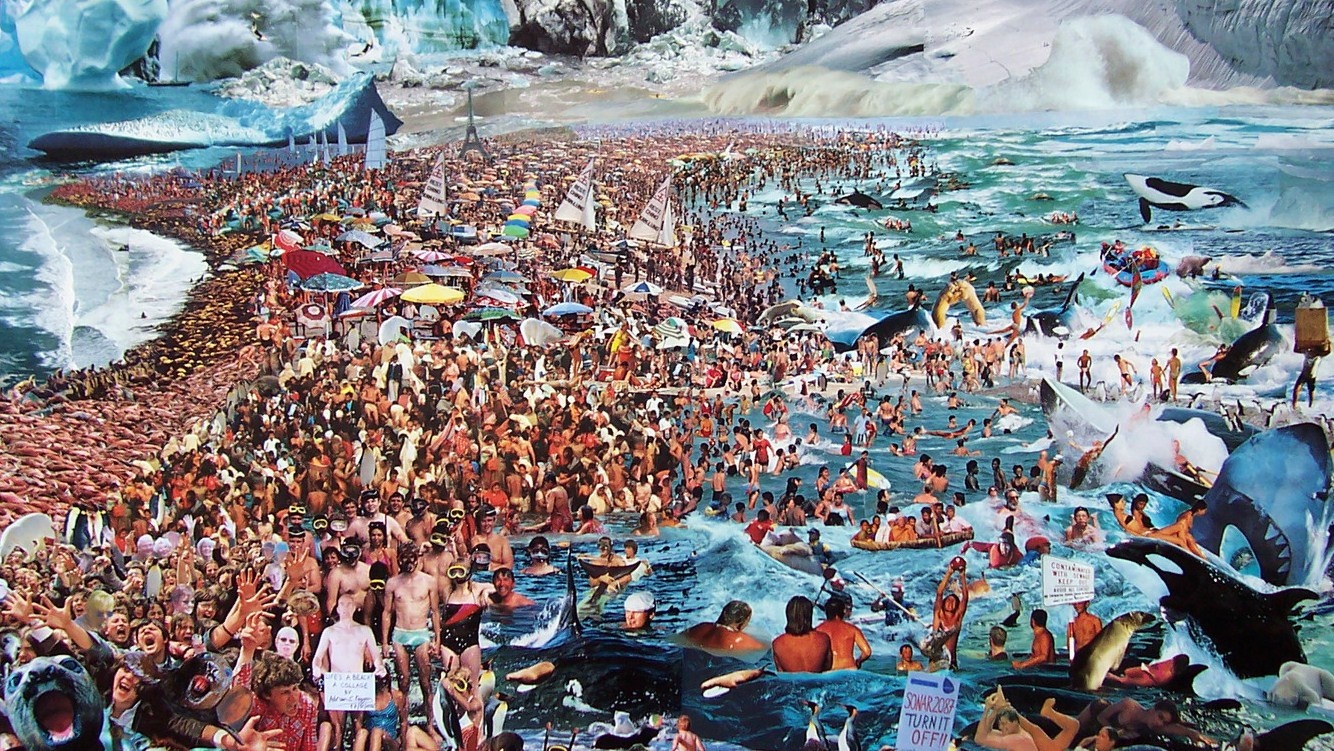
The Myths Behind Protest Movements

During a Pandemic, Young Climate Activists Rally for a Future

Visionaries Project: Rev. Chelsea MacMillan on Coronavirus, Sacred Activism, Climate, and the Apocalypse

The Climate Crisis Is About Social Oppression

New York City Welcomes Teen Climate Activist Greta Thunberg

We Now Have 18 Months to Combat the Worst of the Climate Crisis

On World Population Day: How Climate Change Could Make Us Go Extinct

